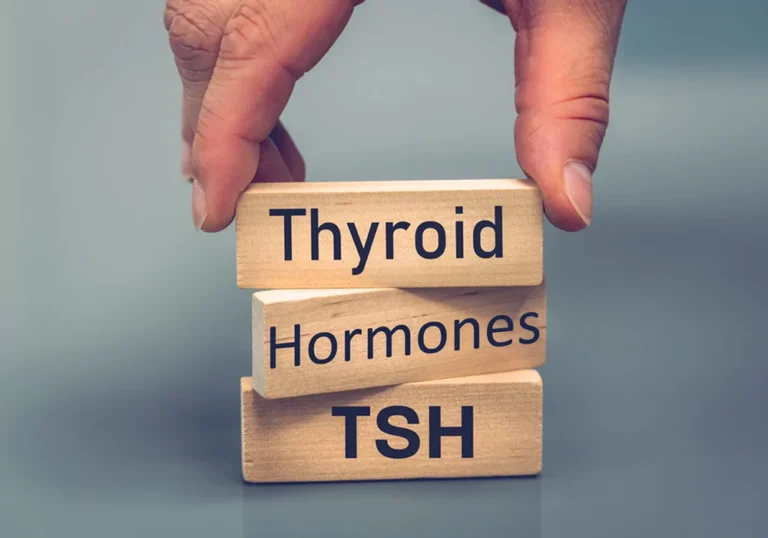Feeling stuck with low energy is common and frustrating. That fatigue often points to how your body is handling fuel, your metabolism. HIIT uses short pushes and resets that help steady thyroid signals and can raise HGH after hard efforts. This guide shows the plan and how to recover well.
Why HIIT Resets Your Metabolic Pace
High-intensity interval training uses short bursts of effort followed by brief recovery. Beyond calories, that pattern nudges the hormones that set your energy pace and repair. The thyroid is the pace setter, guiding how fast you use fuel, heat, and heart rate. After hard efforts, the body also releases HGH for a short window that supports tissue repair, lean mass, and fat use. When HIIT is planned well, these responses stack, and many people notice steadier energy and better stamina.
Thyroid and Growth Hormones: What Changes with Intervals
Intervals push hard, then back off. That on-and-off rhythm raises oxygen use and can improve insulin sensitivity. It may also encourage the thyroid to release hormones that govern how your body converts fuel into motion and heat. Intense bouts can raise HGH for a short window after training. That pulse supports protein synthesis, collagen health, and fat metabolism.
Simple work and rest structure:
- Work intervals: 30 to 60 seconds at a challenging but safe effort
- Recovery intervals: 30 to 90 seconds easy; match or exceed your work time
- Total rounds: 6 to 10 for most beginners
- Frequency: 2 to 3sessions per week with at least one rest day in between
- Progression: add 1 round or a few seconds each week
Pair HIIT with strength training and protein at meals so the hormonal response turns into real changes.
The Role of Growth Hormone in Male Metabolism
HGH supports a lean, strong, resilient body. HGH levels fall with age, bringing slower recovery, easier fat gain, and softer muscle. Well-planned HIIT can nudge HGH after workouts. When true deficiency is present, medical care may be appropriate. In that setting, providers discuss HGH benefits for males with lab testing and careful dosing.
Potential benefits of HGH:
- Increases in lean muscle and strength with consistent training
- Support for fat use and a healthier baseline metabolism
- Faster exercise recovery and improved joint comfort
- Better sleep quality and a steadier mood
Therapy is not a do-it-yourself path. Diagnosis, dosing, and follow-up belong with a qualified healthcare provider. At the same time, the basics still matter. Many men see clear benefits from consistent training, good nutrition, and regular sleep on their own.
A Week of HIIT You Can Keep
Start small and build. Choose a cardio mode you tolerate well, such as a bike, rower, or brisk walk on a hill. Warm up for five to eight minutes before your first interval.
Sample week:
- Day 1: 8 rounds of 30 seconds hard, 90 seconds easy
- Day 3: 6 rounds of 40 seconds hard, 80 seconds easy
- Day 5: 10 rounds of 20 seconds hard, 40 seconds easy
- Strength on two other days: rows, squats, presses, hinges
- Two easy walks: 20 to 30 minutes at a talkable pace
Form and recovery tips:
- Stop your set just before your form starts to slip.
- Aim for protein at each meal to support repair
- Sleep within the same hour window most nights
- If you feel wiped the next day, cut one round and try again
Bottom Line
HIIT wakes up metabolism and supports the hormones that run it. Short intervals help the thyroid regulate energy and can spur HGH after workouts to support repair and lean mass. If you are new to exercise or have thyroid disease or other concerns, talk with a healthcare provider first. Results vary, but many men notice more energy, better sleep, and a leaner build as strength improves.


